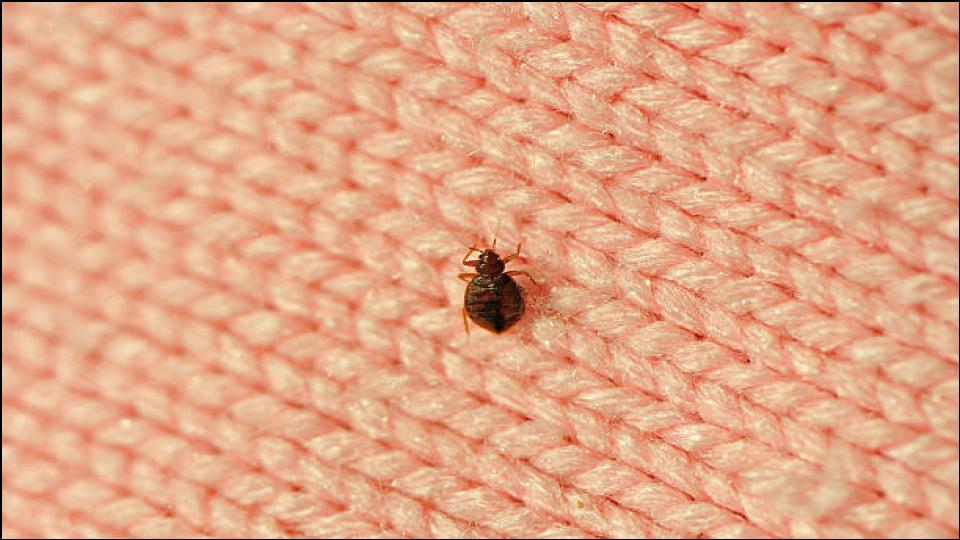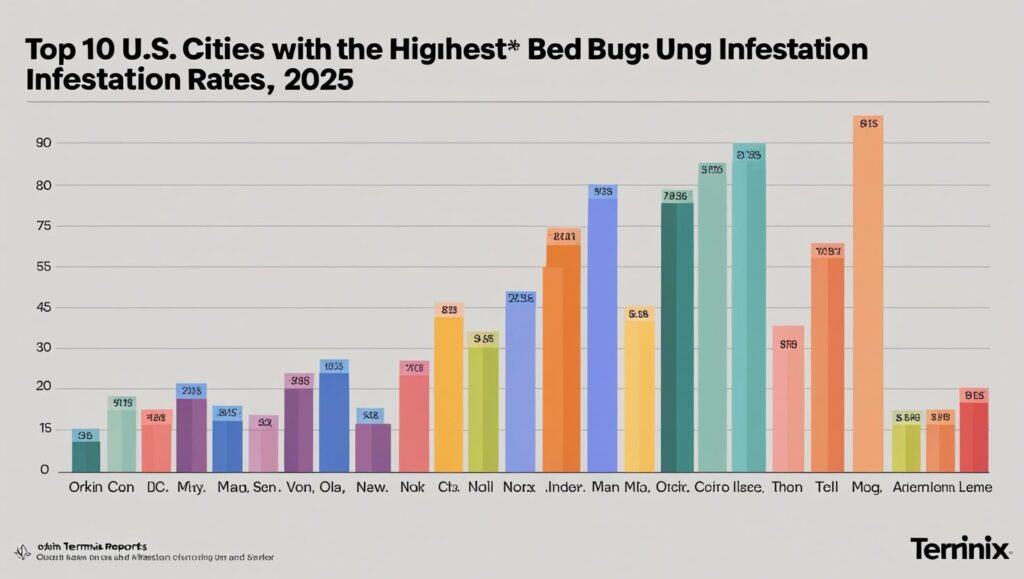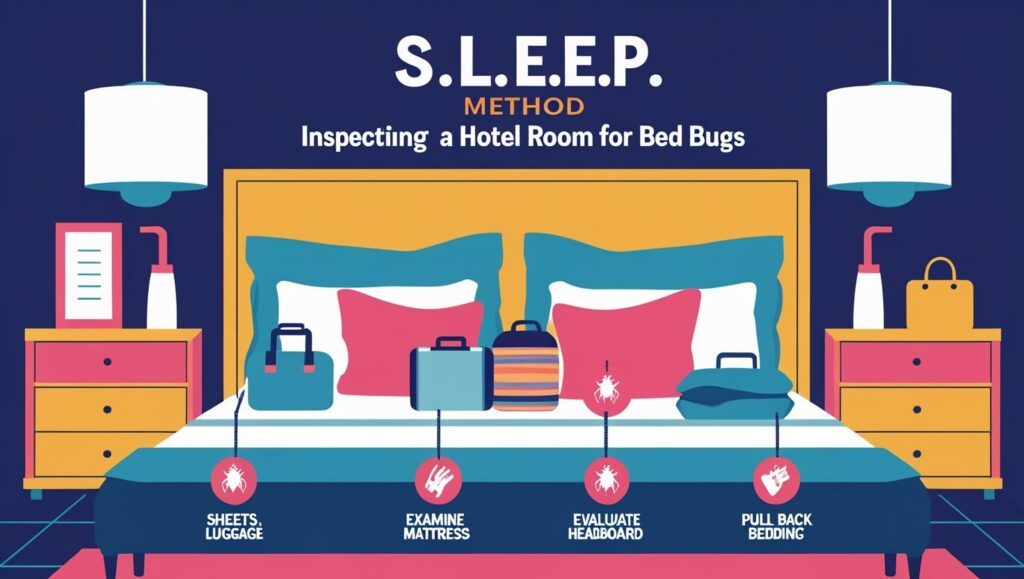The peak bed bug season is underway, with new data from 2025 identifying major U.S. metropolitan areas as hotspots for infestations amid a global resurgence of the tenacious pest. Conflicting reports from two of the nation’s largest pest control companies name Chicago and Philadelphia as the most-infested cities, highlighting a persistent and growing problem fueled by increased travel and insecticide-resistant bugs.

Pest control leader Orkin released its annual list in late June 2025, placing Chicago at the top for the fifth consecutive year. The rankings are based on treatment data from May 2024 to May 2025. Following Chicago were Cleveland, Detroit, and Los Angeles. In a separate report from the same period, competitor Terminix identified Philadelphia as the number one city for bed bug services for the second year in a row, followed by New York City and Cleveland.
Experts say the differing lists likely reflect the companies’ distinct customer bases but confirm an overarching trend: bed bugs remain a significant public health issue. The U.S. Centers for Disease Control and Prevention (CDC) and the U.S. Environmental Protection Agency (EPA) classify bed bugs as a public health pest, citing allergic reactions to bites, secondary skin infections, and mental health impacts like anxiety and insomnia.
The Driving Forces Behind the Bed Bug Resurgence
The current wave of bed bug infestations is driven by several key factors, according to entomologists. The global increase in travel following pandemic-era restrictions is a primary cause. Bed bugs are expert hitchhikers, easily transported across cities and continents in luggage, clothing, and used furniture.
“Bed bugs are a problem for many because they are spread by human activity and migrate when they have no hosts,” explained Dr. Jody Gangloff-Kaufmann, an entomologist at Cornell University’s New York State Integrated Pest Management Program, in a March 2025 interview.
Another critical factor is the pests’ remarkable resilience. “The new generations of bugs are highly resistant to any chemicals used to treat them,” Dr. Gangloff-Kaufmann noted, referring to the banning of older, more potent pesticides like DDT and the bugs’ subsequent adaptation to newer pyrethroid insecticides. This resistance makes professional intervention, which often involves complex heat treatments and targeted chemical use, essential for effective eradication.

A Global Problem: From Paris to Sydney
While the latest detailed rankings focus on the United States, the bed bug problem is a worldwide phenomenon. In the autumn of 2023, Paris experienced a widely publicized outbreak that caused panic and appeared on public transport, in cinemas, and hotels. France’s national health agency, ANSES, has since attributed the rise to travel and insecticide resistance. Reports in 2025 indicate that Paris continues to grapple with the issue as it prepares for a busy tourist season.
The United Kingdom is also facing a significant increase. Pest control company Rentokil predicted a “bed bug boom for 2025,” citing warmer weather patterns that accelerate the insect’s life cycle. Data published by The Independent in April 2025 showed that bed bug-related call-outs for pest control had jumped 35% between 2022 and 2024.
In Australia, a government Code of Practice has been in place for years to manage what has been described as a dramatic resurgence. Reports from 2025 indicate that major cities like Sydney and Melbourne remain hotspots, with some Australian bed bug populations developing thicker cuticles, making them even more resistant to chemical treatments.
Protecting Yourself During Peak Travel Season
With summer travel peaking in the Northern Hemisphere, the risk of encountering and transporting bed bugs increases significantly for travelers. Experts emphasize vigilance and preventative measures as the first line of defense.
They’re good at hiding from us; they’re stealthy and feed on us when we sleep, said Dr. Gangloff-Kaufmann. The EPA and CDC recommend a simple set of procedures for travelers to follow.

Hotel Inspection and Post-Travel Protocol
The EPA suggests travelers use the S.L.E.E.P. acronym to inspect hotel rooms:
- Search for signs of infestation. Look for tiny, ink-like stains on the mattress, box spring, and headboard. Also watch for live bugs—which are the size of an apple seed—and their pale, shed exoskeletons.
- Lift and look in bed bug hiding spots, including under the mattress, sheets, and furniture cushions.
- Elevate your luggage away from the bed and wall. The luggage rack is the safest place.
- Examine your luggage carefully while repacking and when you return home.
- Place all clothing from your luggage in a hot dryer for at least 30-45 minutes immediately upon returning home. Heat is a proven method for killing all life stages of bed bugs.
At home, signs of an infestation include the dark, rusty-colored spots of bed bug excrement on bedding or nearby furniture. Bites are another indicator, though reactions vary widely, with some people showing no mark at all. “The thing many people see first is the black stains on bedding or the side of the mattress or headboard,” Dr. Gangloff-Kaufmann advised.
Professionals warn against do-it-yourself measures like “bug bombs,” which can scatter the insects and worsen the problem, and using rubbing alcohol, which is ineffective and a fire hazard. Given the pest’s resilience, contacting a licensed pest control professional is the most effective course of action.
The financial toll of an infestation can be substantial, including the cost of professional services, replacing furniture and belongings, and the potential for lost wages or revenue for businesses. The problem is compounded by the fact that bed bug removal is not typically covered by homeowners’ or renters’ insurance. As the bed bug season progresses, awareness and prevention remain the most powerful tools for the public.
The Secret to Overwintering Geraniums Revealed—So They Explode with Color Next Season
